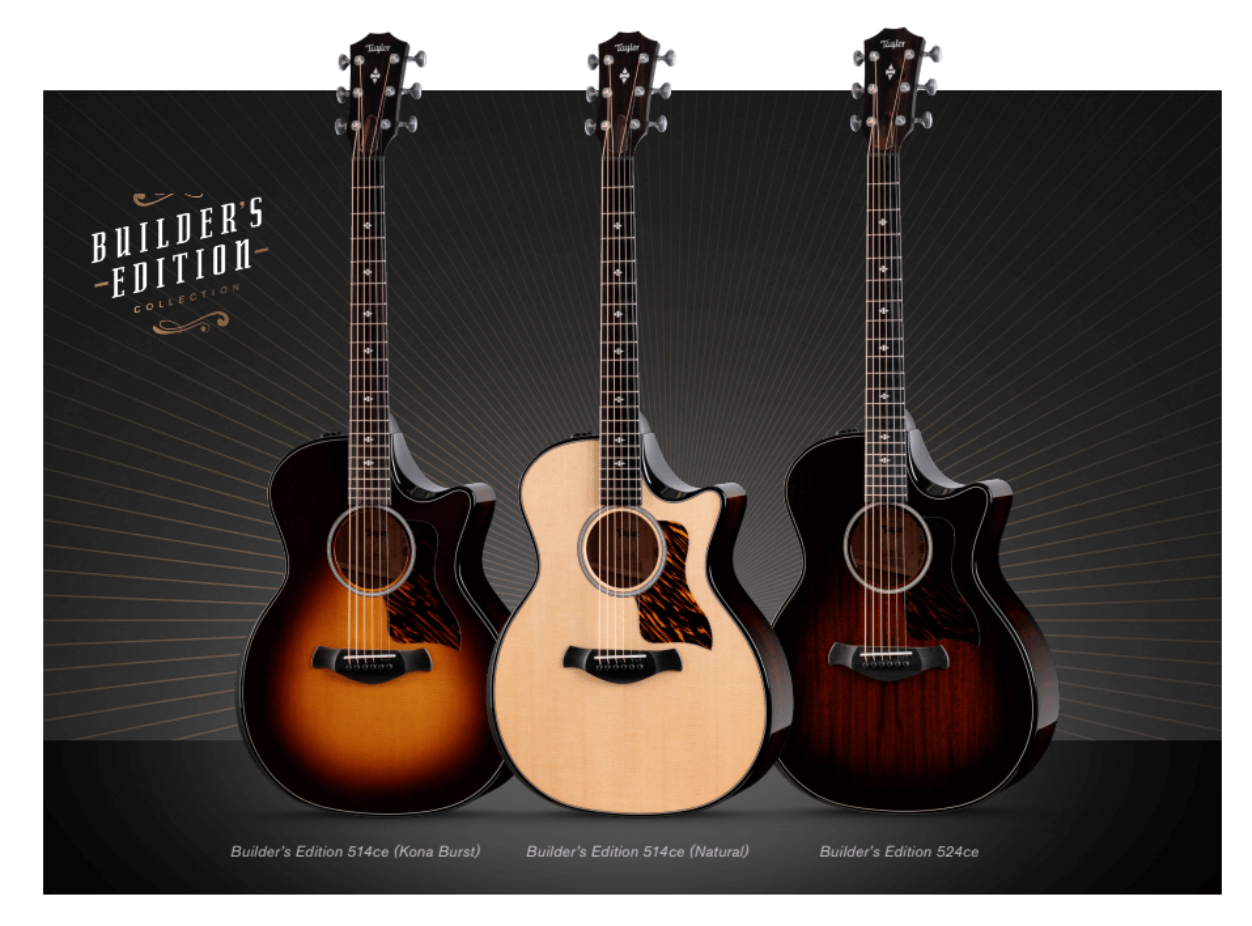Shubb C1 and FineTune Capos
A look at Shubb’s two main guitar capo designs.
Most guitarists have owned or at least encountered Shubb’s original C1 capo ($29.95). More than a million of them have been sold since company founder Rick Shubb introduced the design in 1979, and it is one of the most popular capos available. As with many brilliant designs, the Shubb C1 is just as relevant today as when it first appeared. Using a clever over-center locking mechanism, the C1 is quick to install on the guitar’s neck, and once it’s adjusted, it usually doesn’t require re-adjustment. The capo’s padding is made from a special silicone material that is soft enough to protect the back of the neck and grips the strings with enough pressure that they won’t get pulled to the side when bending. The C1 is made to fit most steel-string guitars with a radiused fretboard, but there are also versions for classical guitars, 12-string guitars, vintage Fender-style electrics (with a more pronounced radius), banjo/mandolin, and ukulele. In addition, there is a “Lite” version of the capo that is made of aluminum and weighs almost half that of the original nickel-plated brass version.
Shubb’s FineTune capo (starting at $80) is a more recent design. Based on traditional screw-operated yoke-style capos, the FineTune is made of stainless steel. The capo has a smooth hinge mechanism, and a spring-loaded jeweler’s style latch is easy to operate. The adjustment knob is large enough to offer a good grip, and its six sides are numbered, providing a visual reference for whatever setting you’re using. An abalone dot in the center of the adjustment knob offers a touch of extravagance, and the capo has the same kind of silicone rubber padding as the original Shubb capo. It also includes a pair of “bumpers” at each side of the capo’s frame to prevent the side of the guitar’s neck from scratching. Like other yoke-style capos, the FineTune can be placed behind the nut on most guitars when not in use. The standard FineTune (F1) has a width of 1¹⁵/₁₆ inches, which fits most steel-string guitars, and there is also a wide version (F3) that has a width of 2³/₁₆ inches for guitars with wider necks. In addition, there’s a gold version of the standard model called the FineTune Royal (F1g).
In this video, I demo both the C1 and FineTune capos and show how they’re installed.
Related Instrument Demos Posts
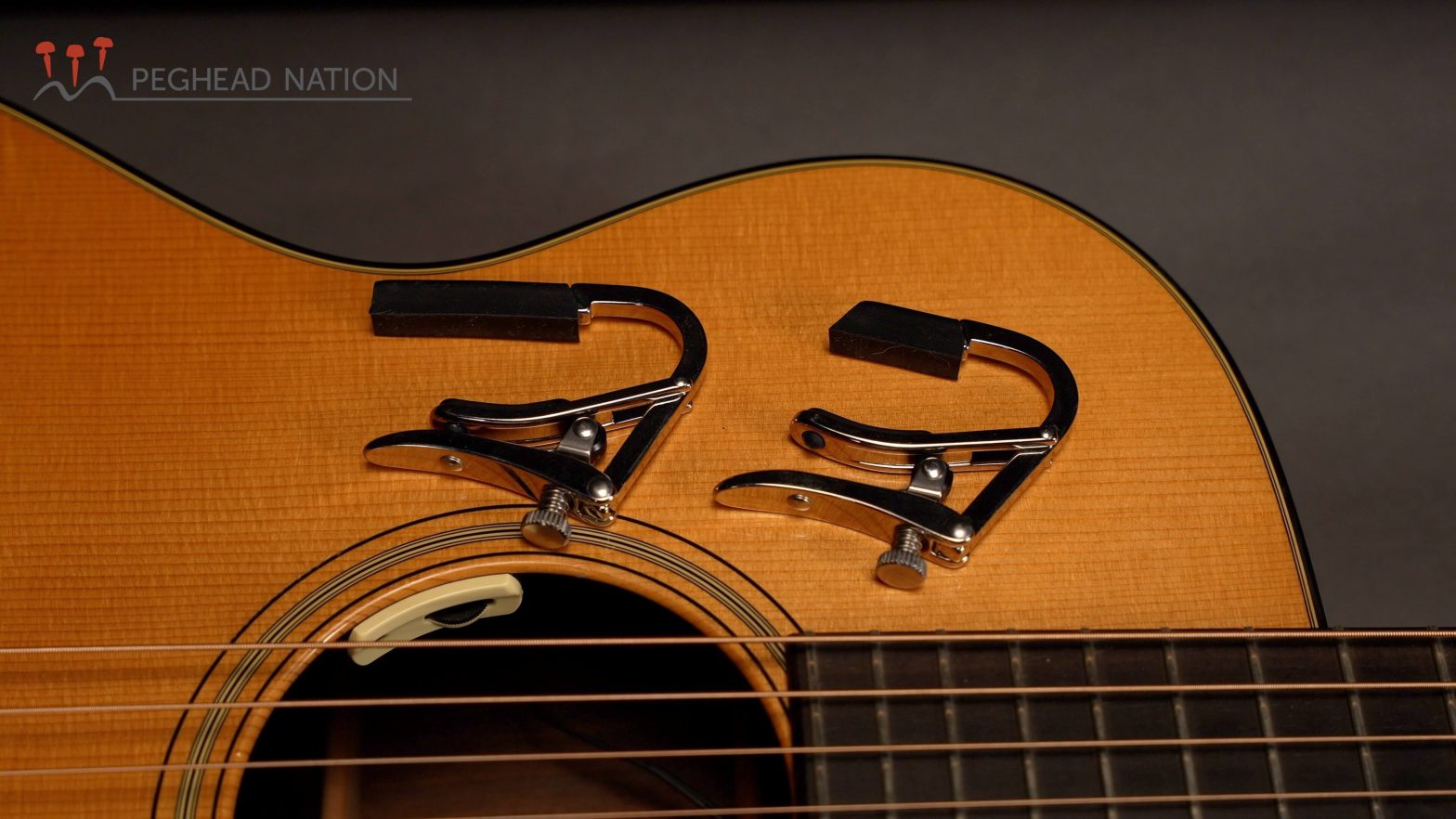 |
Shubb C7 and C8 Partial CaposTwo great capos for simulating alternate tunings. Read More |
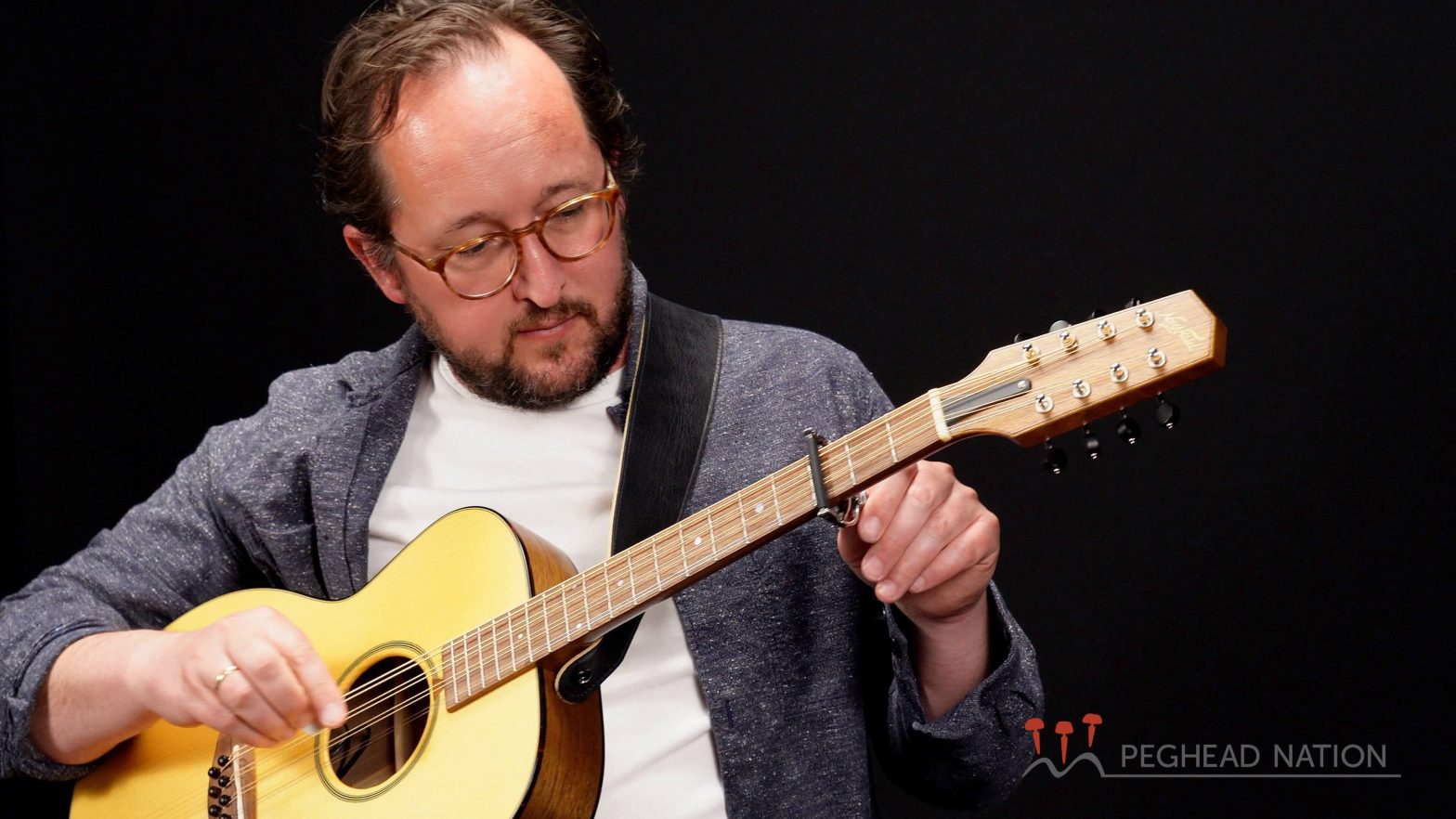 |
Shubb Fine Tune Capo on Octave MandolinJoe K. Walsh demonstrates using Shubb’s yoke-style capo on a Northfield octave mandolin. Read More |
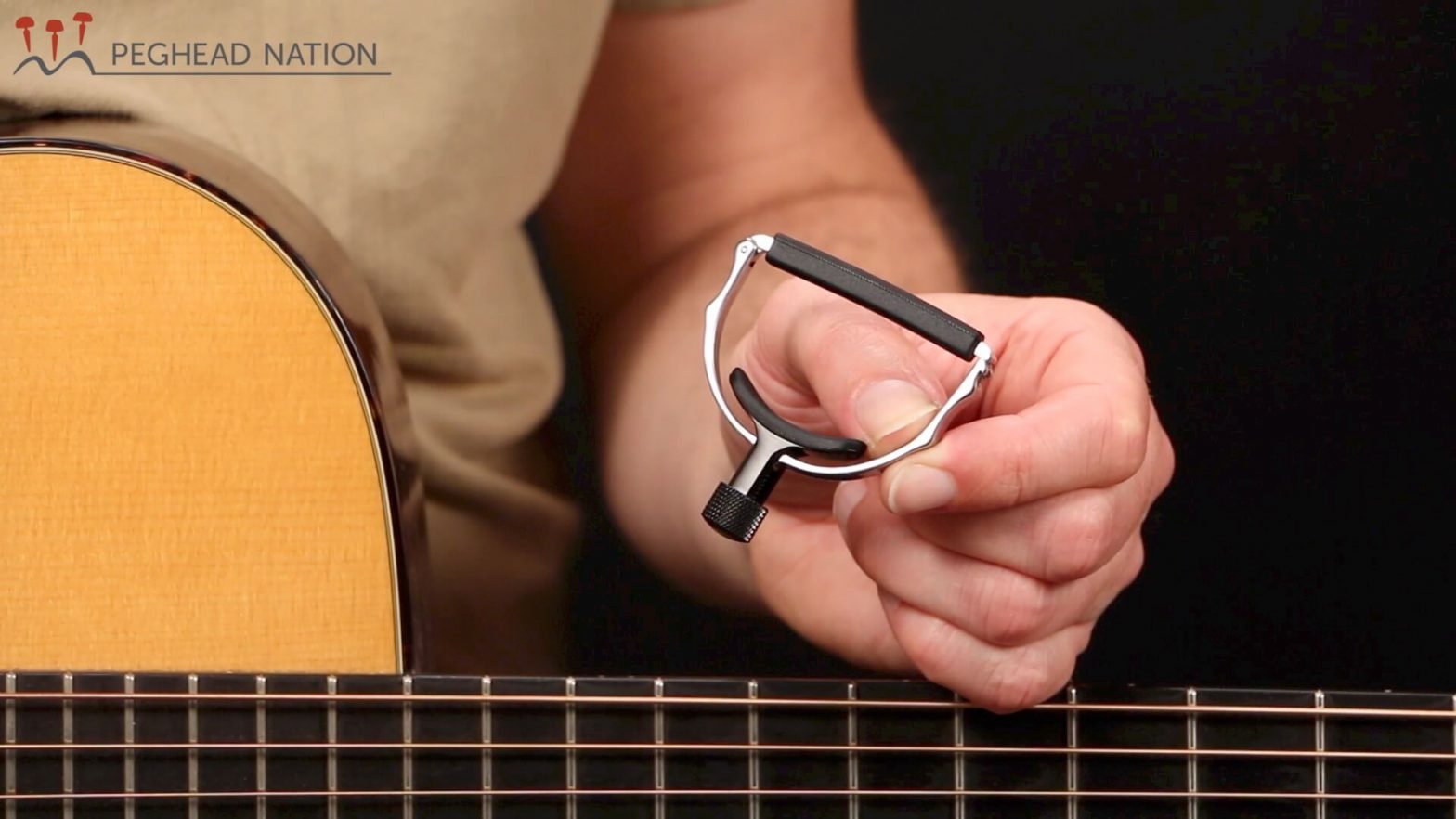 |
D’Addario Cradle CapoCreated in collaboration with Ned Steinberger, D’Addario’s latest capo updates a classic design. Read More |
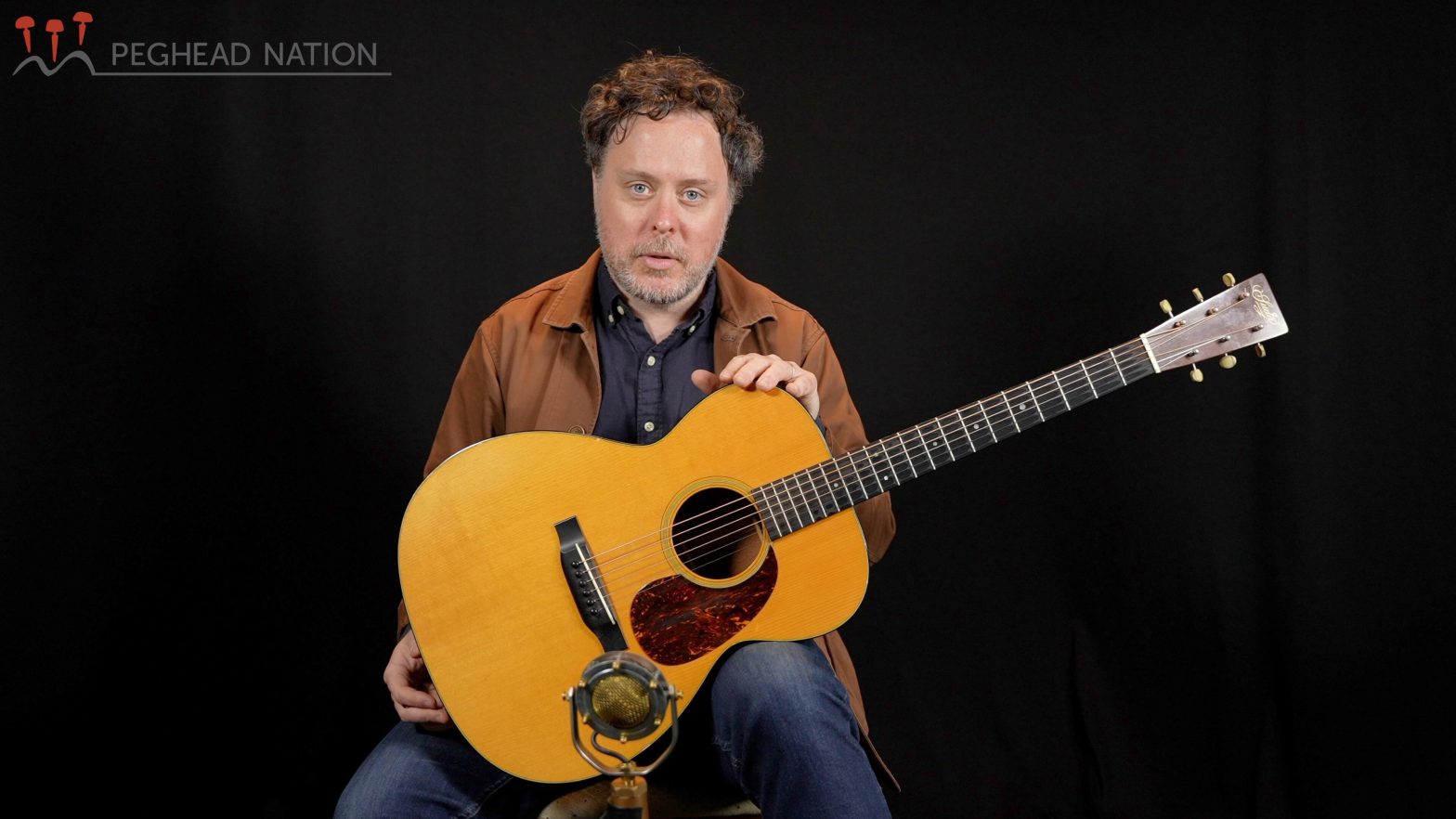 |
Grant Gordy’s Guitar and GearAcclaimed bluegrass/jazz guitarist and Peghead Nation instructor discusses his Hiroshi Suda guitar and his favorite strings, picks, and approach to amplification. Read More |
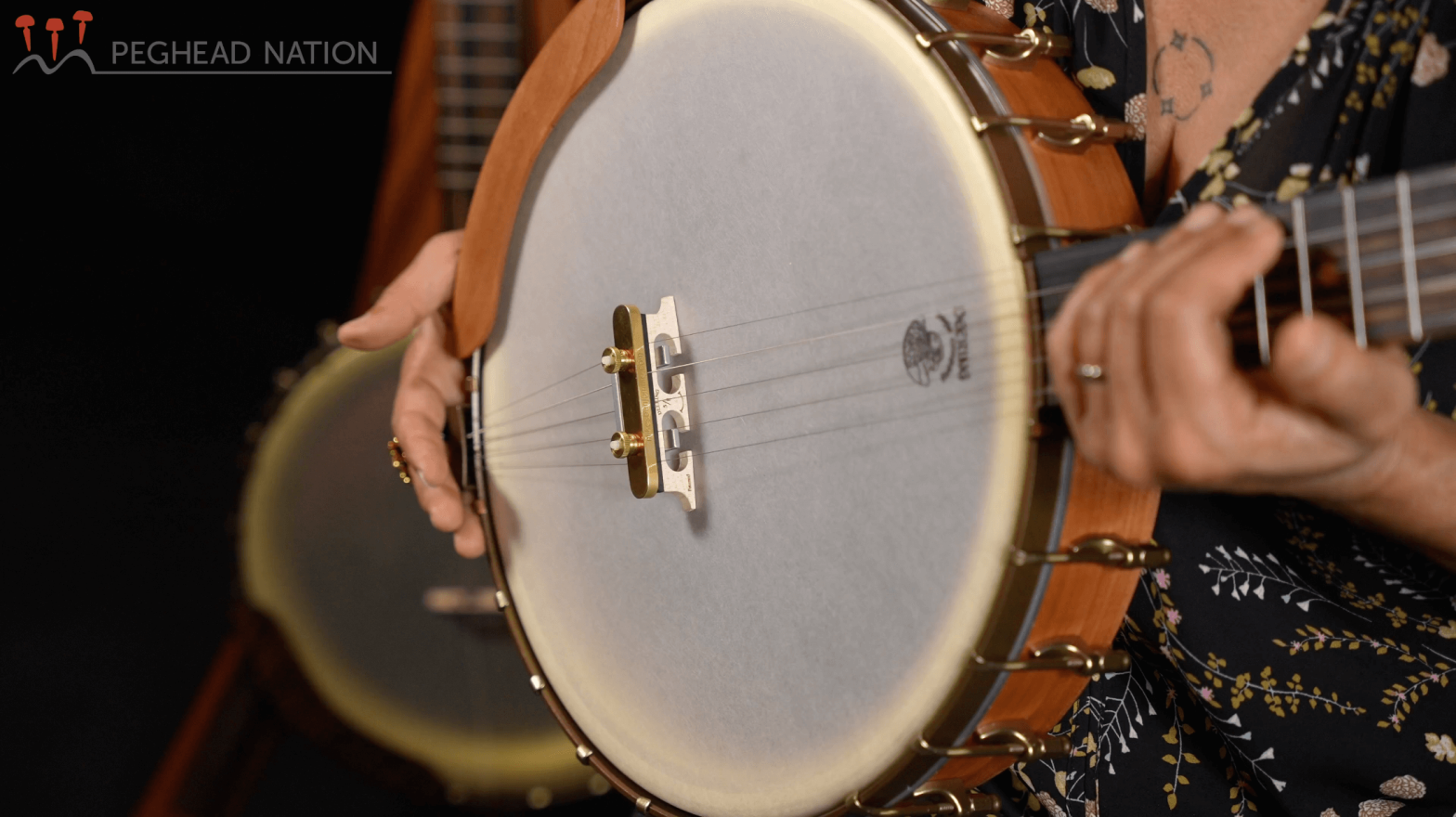 |
Mike’s Banjo MuteEvie Ladin demonstrates a great tool for quiet banjo practice. Read More |
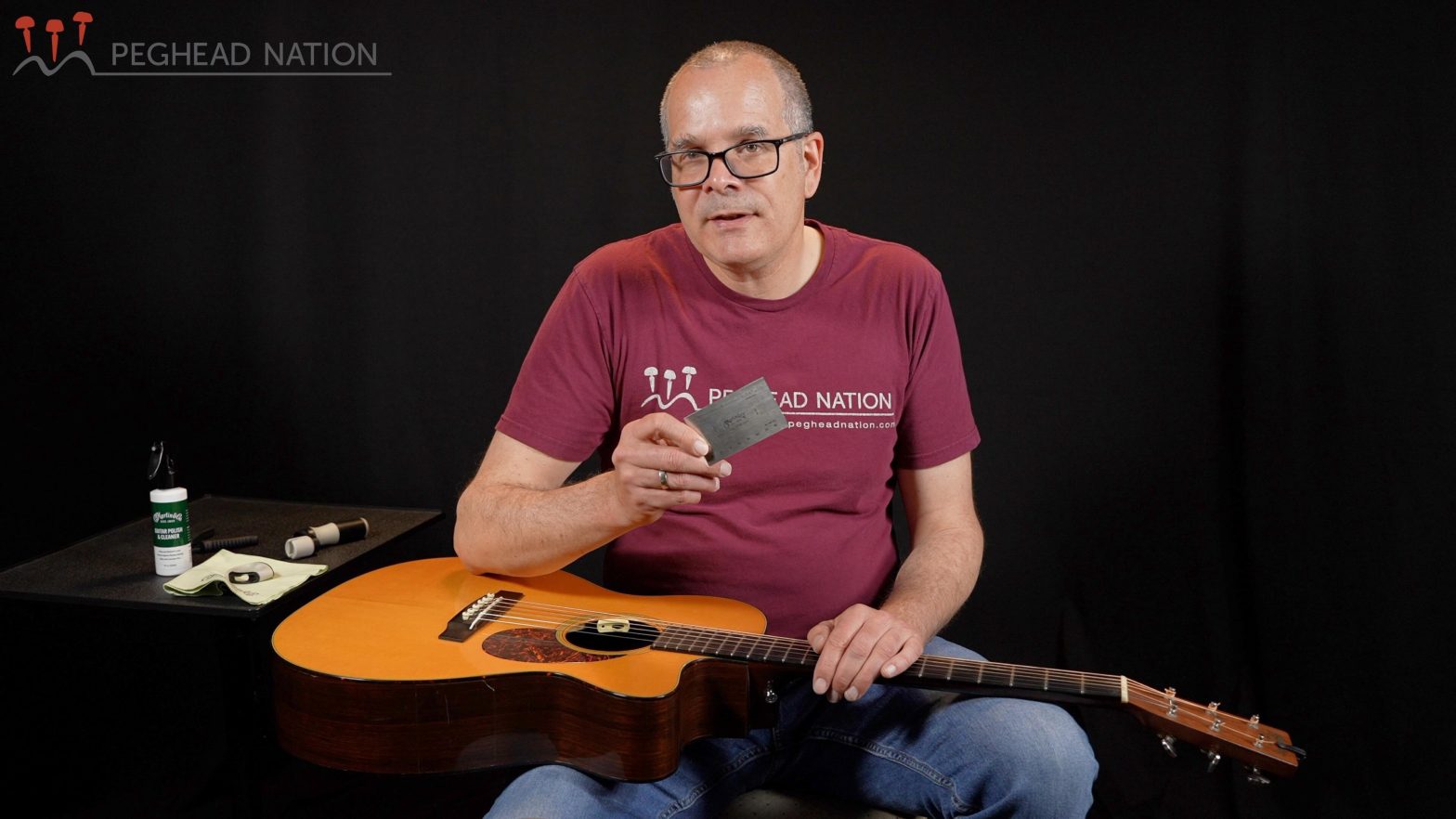 |
Martin Guitar Care and MaintenanceA look at some of Martin’s latest care products and instrument tools. Read More |
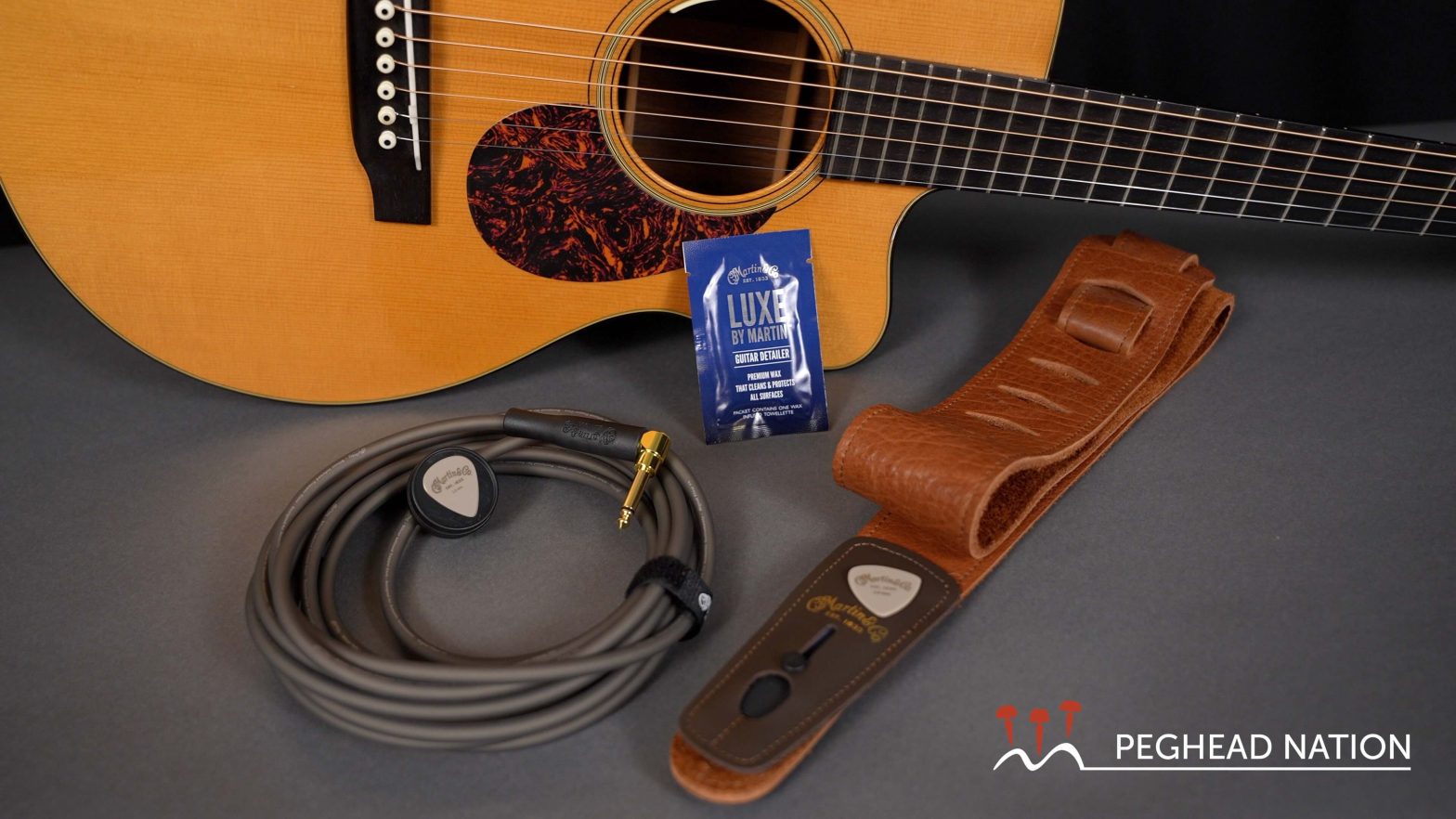 |
Luxe by Martin AccessoriesGreat new picks, straps, cables, and instrument polish. Read More |
Taylor BeaconA clip-on tuner that’s also a metronome, timer, and flashlight. Read More |
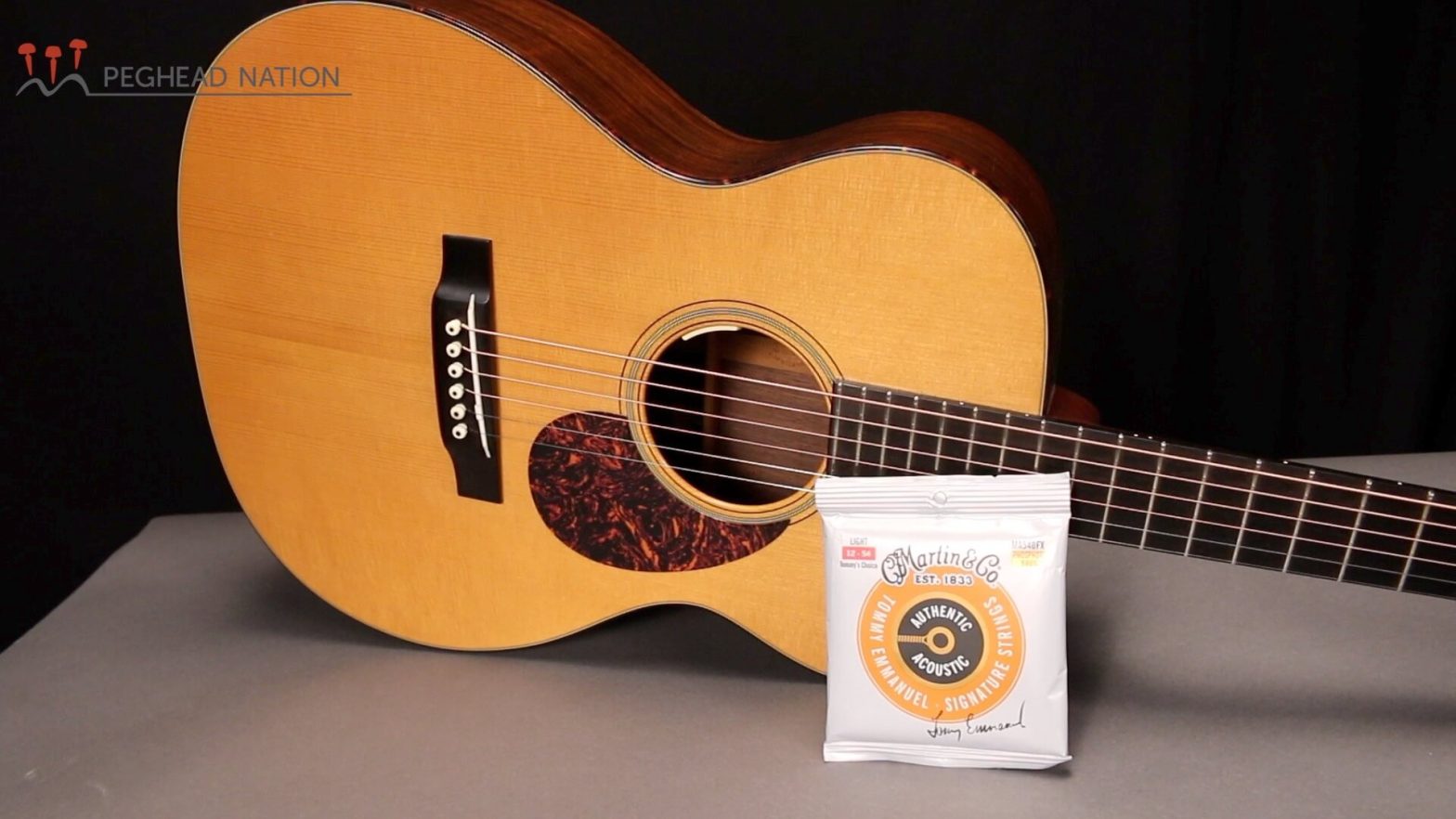 |
Martin Tommy Emmanuel Signature StringsA set of Flexible Core strings for the fingerstyle guitar master. Read More |
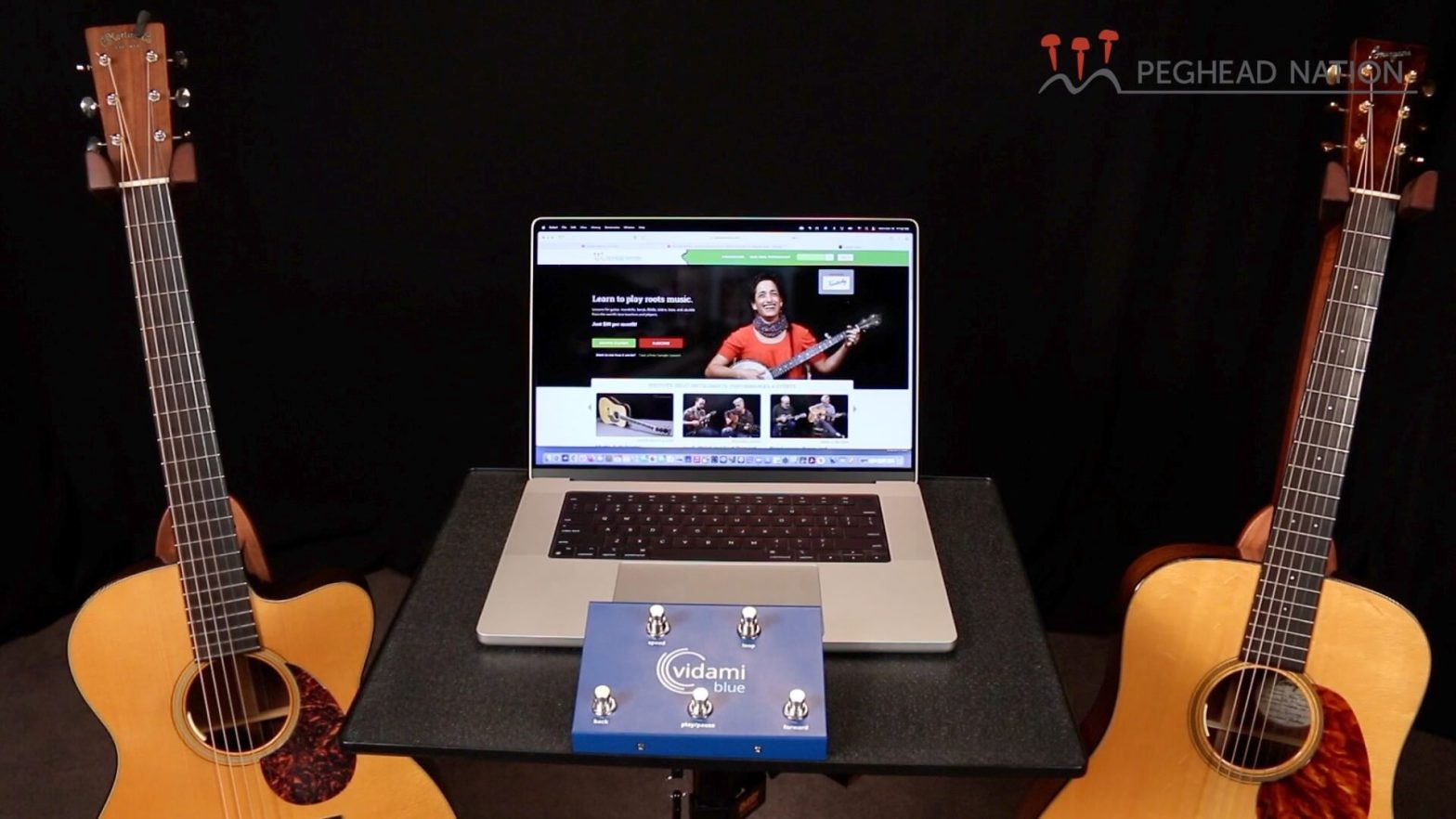 |
Vidami BlueA clever pedal for controlling online videos is now compatible with Peghead Nation. Read More |


